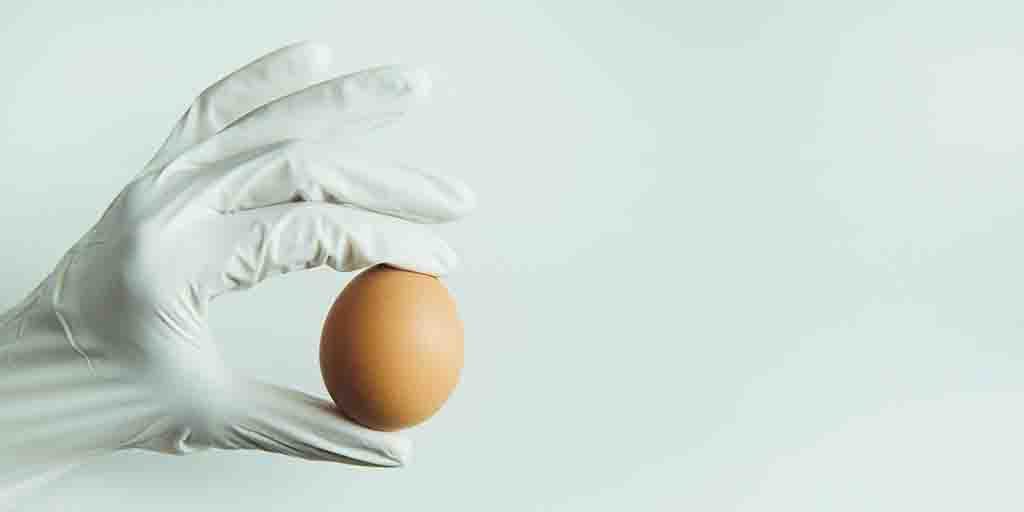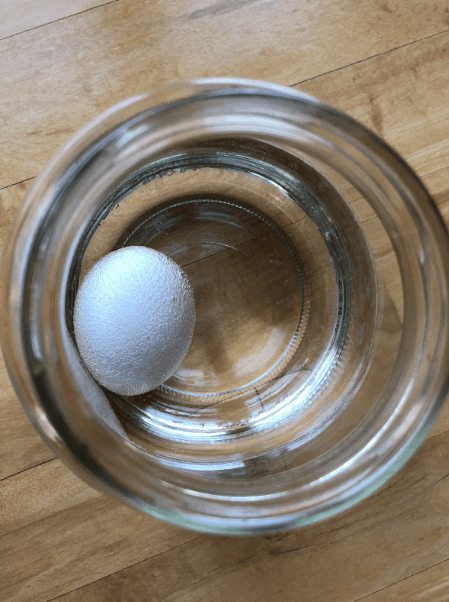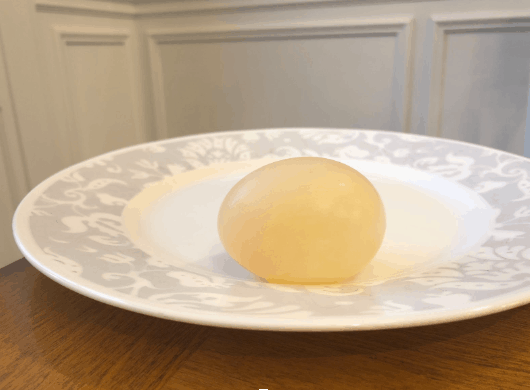Children’s Perspective
Children often have a different perspective of things that we as parents assume to be true. For example, if you asked a fellow parent, “Does an egg bounce?” He or she would most likely respond with a “What?! No!” If you asked a child, they might think about the question for a while. They might even suggest an egg bounce experiment before making a final decision. This is why children are so fun- they allow us to view the world through a fresh lens.
Family Fun at Home
At Great Wolf Lodge, we believe kid-friendly science experiments evoke that natural curiosity in children. But if you’re far from the lodge, doing these at home with family is a wonderful way to spend time together while learning! Egg experiments for kids are great because they are cheap and use an item that kids see every day in their refrigerator- eggs! Talk to your children about what they think will happen, and help them write their guesses. Here are some questions you can ask them to get their creative juices flowing:
- What are some things that change how they feel when you change the temperature? (ex: water)
- What are the different layers of eggs?
- How do you color eggs for Easter?
- What are some chemical reactions that you have seen?
Now you are ready to start this easy science experiment for kids! You can make multiple bouncy eggs or start with just one. I suggest making at least two in case one accidentally breaks.
Supplies Needed:
- Raw Egg
- Clear Glass or Jar
- White Vinegar
Bouncy Egg Experiment Instructions:
- Place an egg carefully into a jar.
- Fill a jar with vinegar until the egg is fully covered.
- Leave egg for 24 hours, then drain the old vinegar and add fresh vinegar.
- Check on the progress each day and note how the egg changes.
- After three days, carefully remove the egg from the jar and rinse with water.
The egg will now look translucent, and the yolk can be seen from the outside. Allow your child to gently “bounce” the egg from a small height, about 6 inches or less. You can create a chart and increase the drop height in 1-inch increments. As you continue to increment the height, ask the kids how high they think the egg will go without breaking.
Science Behind the Experiment
Eggshells are made almost completely from calcium carbonate, which is dissolved by acetic acid in vinegar. Carbon dioxide is released in the form of little bubbles. These bubbles can be seen on the outside of the eggshell. After the shell dissolves, a thin membrane is left. That membrane is made partly of keratin, the same material that makes up human hair. The eggs get a little bigger because they soak up some of the vinegar. Next time, you can add food coloring and see how that changes the look of the eggs! If you want to make glow in the dark bouncy eggs, you can ink from a highlighter to the vinegar. The glow in the dark color can be viewed with a black light.
Questions to Ask After
One of the best ways to keep the family learning is to think beyond the initial experiment. Create a list of questions about the experiment. You can either re-run the experiment with adjustments or search online to answer your questions. Here are a few sample questions to get you started:
- What would happen if you boiled the eggs first?
- Would using a different size or color egg affect the results?
- Do you think eggs from all animals would react the same way?
- Would using a different type of vinegar change the results?
- How are eggshells like bones?
Applying Science to Real Life
Kids love making predictions then testing their ideas to see if the outcome they predicted comes true. The explanation between cause and effect is part of the fun. It’s fun to experiment day-today and even on vacation! For example, if you planned a trip to Great Wolf Lodge, you could run your own kid-friendly science experiment between two members of your family! Pit two members against each other in a water slide race. Have your entire family guess which family members will go down faster or slower. Then, the time each person as they go down the water slides. You can talk to your children about the factors that affect speed. Does height matter? Weight? What they are wearing?
No matter how your experiments turn out, the time spent together as a family is what you will remember!





